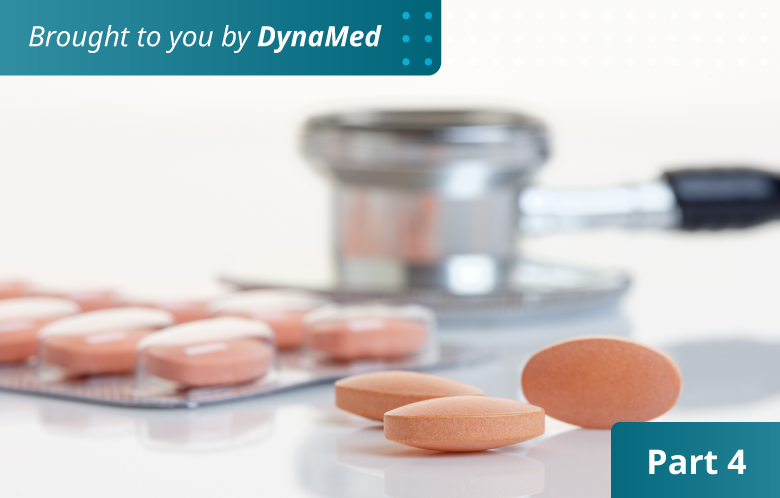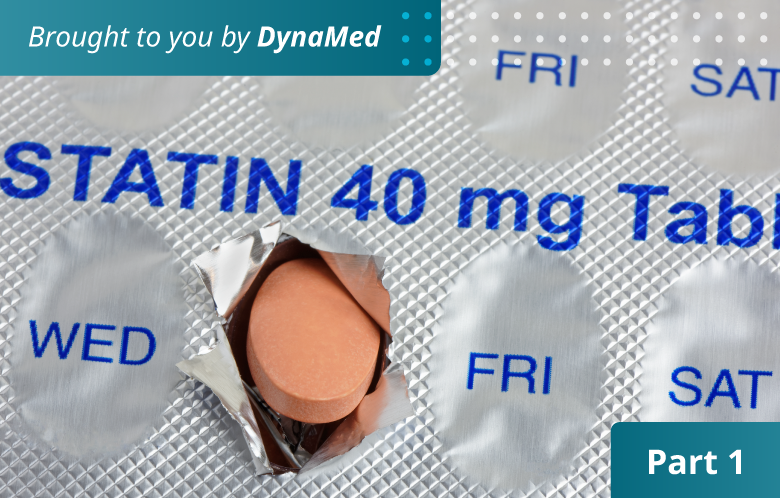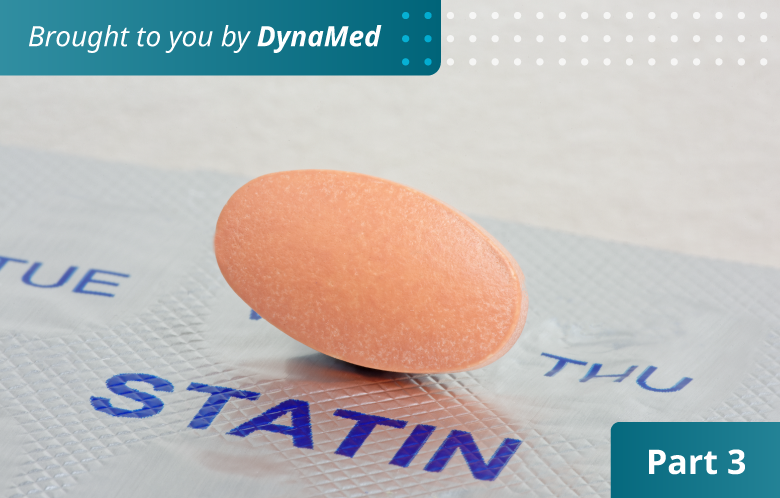Welcome to the finale of our four-part series. If you’re just joining, you have two choices: Read this article for the ultra-abridged version or start from the beginning to – in my opinion – get the most out of this series.
As a refresher, we’ve covered the basic background that inspired this series, considered the Individual Patient Data Meta-Analyses (IPDMAs) from the Cholesterol Treatment Trialists (CTT) and the United States Preventive Services Taskforce (USPSTF) systematic review and meta-analysis (SRMA). Now, we bring it all together.
In sum, here’s where we stand on statin therapy for the primary prevention of major cardiovascular (CV) events –
First, we can comfortably conclude from the totality of the evidence:
- A moderate-intensity statin is a good choice if starting a statin for primary prevention of CV events.
- Prescribing a statin in primary prevention may confer about a 28% (95% CI 19%- 35%) relative reduction (RR 0.72, 95% CI 0.65-0.81) in the risk of CV events.
The relative effect is important because we can couple it with an estimate of a person’s baseline CV risk to provide a more meaningful estimate of absolute risk and risk difference if the person takes a statin (vs. only using the absolute risk and risk difference from the trials).
Second, the evidence for higher statin doses translating to greater CV risk reduction in primary prevention is not as clear, but that’s not to say the evidence unequivocally rules out this possibility.
Third, there is some evidence that a higher vs. lower dose of statin offers additional benefit in secondary prevention, even though the absolute reduction in risk may be modest. And there is little reason to think this relationship would fall apart completely in primary prevention. That said, the already-modest average absolute reductions seen in those secondary prevention trials would likely be attenuated in primary prevention for obvious reasons, most notably that people eligible for secondary prevention are, on average, at higher risk for CV events than are those eligible for primary prevention.
Fortunately, this all results in a simple synthesis for how to put this into action:
If, after shared decision-making, a person who is eligible for primary prevention is interested in taking a statin, it seems reasonable to start with a moderate-intensity statin.
Then, if it seems that the person might benefit from additional risk reduction or if they want to get their risk as low as possible, gradually increase the dose – the “start low and grow” approach.
Once the dose reaches high-intensity or the person wants either to stay where they are or revert to the last dose after an increase, that dose is that person’s “sweet spot” of optimized statin therapy.
This approach respects what we know, what we don’t know, and what might be true about statins, all with a healthy dose of clinical judgment and respect for the values and preferences of the person who’ll be taking the statin. In other words, it’s evidence-based medicine.



